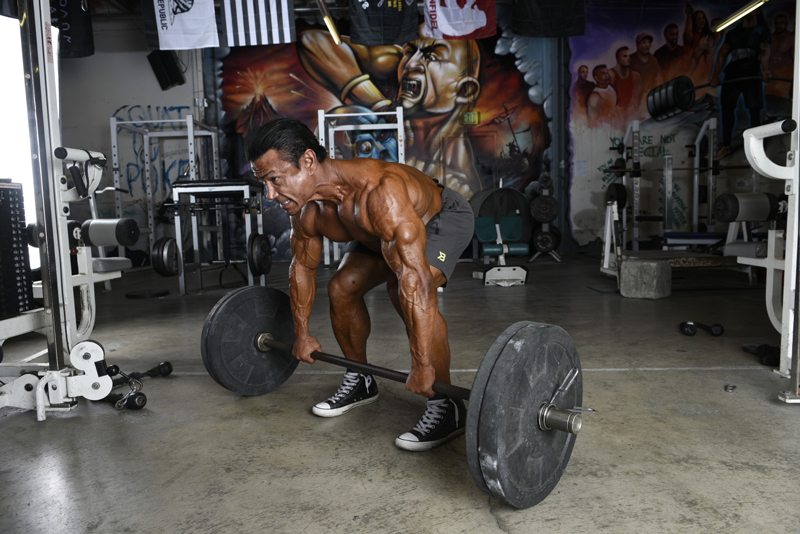

The deadlift has stood the test of time because it works all of your muscles.
By Sarah Chadwell, NASM CPT
Power is within you. Want to increase and unleash it? You can. How? You can do so with one move: The deadlift. Deadlifts are the true measure of muscular strength and endurance. By performing a deadlift, you train more muscles than any other single lift. Awaken your true power potential with this most effective physique-building exercise.
Deadlifts are a powerlifting exercise. The history of deadlifting dates back to the early 1900s. Who knows how far back in history men actually began to brag about the amount of dead weight they could lift off the ground? We may never know. However, sometime between 1910 and 1920, someone had the bright idea of actually recording deadlift weight records to determine who was the most powerful man around. Today, not much has changed except that men and women head to the gym to record their personal bests.
Why haven’t things changed when it comes to the deadlift? Probably because the deadlift is the ultimate test of your overall power as it takes almost your entire muscular system to perform it. The following muscles are involved:
- Core musculature (or your entire torso)
- Hips, glutes, quads and hamstrings
- Lower back (or erector spinae)
- Biceps (both heads)
- Forearms
- Grip strength (muscles of the fingers)
Thicken And Strengthen Your Entire Body
With all of the muscle activation involved in deadlifting, it’s no wonder that this exercise has become synonymous with mass building. Deadlifts tax your core musculature, which includes the muscles that make up your trunk, lower back (including your lats) and your hip extensors. Your core is your support system, your movement system and your stabilizing system. A well-developed core is not only visually appealing, but it also helps to improve all of your other lifts.
Much of your power will be derived from your hip flexors and extensors, all of which are considered part of your core. You’ll lift with your hips leading the movement and lock them out at the top of the movement while squeezing your glutes. More on that topic will be discussed shortly.
So you want brute power, but you probably also want a thick, rounded, muscular physique. Deadlifts will also assist you in packing on slabs of muscle. That’s why you could consider deadlifts the king of the muscle gaining exercises.
Build Muscular Endurance
Not convinced that you should be deadlifting yet? In that case, you should know that deadlifts have one more benefit. In strength training, muscular endurance is defined as the capacity of a muscle, or even a group of muscles, to repeatedly apply force against resistance for an extended period of time.
You won’t be able to finish a set of deadlifts without breathing like Darth Vader. Why? The reason is because the deadlift is a compound, full-body movement that forces your body to enhance its ability to transport oxygen to your working muscles thus bettering your overall muscular endurance.
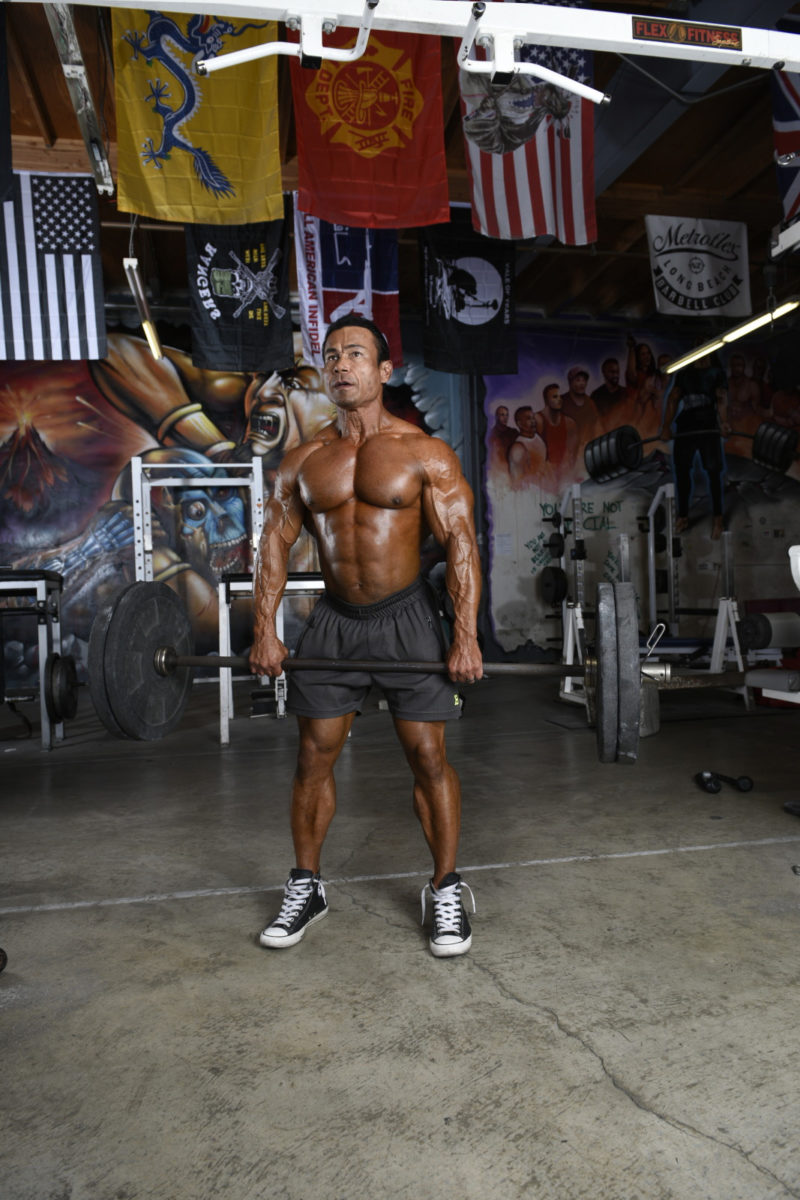
How To Properly Perform The Deadlift
Load a bar preferably using Olympic weights because you’re going to want to drop that heavy load at the end of your sets. Step up to the bar. Without bending your knees, bend at your hips and grasp the bar using either a double-overhand or an over-underhand (or staggered) grip. If you don’t have great forearm strength, you may want to use a staggered grip because it helps you maintain better control. A staggered grip also allows you to lift heavier loads – so get staggered to hit new max PRs.
Place your hands just to the outsides of your shins. Roll the weight towards your feet, which should be set slightly narrower than shoulder-width apart. Your shoulders should align with the bar so that when you move into the lift you can keep the bar very close to your legs, yet still be able to clear your knees.
Drop down into starting position by pushing your hips back and bracing your abdominals. Keep your shoulders down, push your chest forward and engage your lats. Keeping your back neutral, drive your body upward and slightly back as you push through your heels. Your elbows should stay locked in place. You are basically standing up with the weights. Let your hips and legs be the driving force and your upper body be the holder of the load. Your hips and shoulders should, however, move upward at the same time.
The most important part of the deadlift occurs at the top of the movement – the finish. Finish the movement by driving your hips forward, completely into the bar. Stand up straight and contract your glutes and abdominal muscles. Your pelvis should end up in a neutral position.
Not only are these steps important for proper execution of the lift, the full extension of your hips and contraction of your glutes and abs is crucial for avoiding injury to your lower back.
To descend out of the movement, you want to use the same motion that you used to get into position. Keep your knees locked as you hinge (or unlock) at the hips and push them down toward the floor. The weight should remain close to your shins as you move downward.
Once you move below your knees, you can unlock your knees, giving you more bend in your legs. The bar should land back over the middle of your feet in position for your next repetition. Let the weights make a full return to the floor before you begin the next rep. Rest for a two count and then begin the next rep. You shouldn’t use momentum or bounce the weights off of the floor. Why? This can hinder the pull, which sets you up for bad form and possible injury. Remember: These are deadlifts, meaning you’re lifting dead weight.
How Many Reps?
If you’re a bodybuilder, you may associate deadlifting with powerlifting and CrossFit. However, many bodybuilding greats regularly incorporate deadlifts into their routine to add raw mass, especially back mass. The secret lies in rep ranges. Higher repetition ranges, 8 to 12 per set, contribute to hypertrophy especially when coupled with short recovery periods between sets (60 seconds or less). Complete three sets.
The only limiting factor is grip strength. It usually plays out first. To help extend the life of your grip, use straps or the staggered grip.







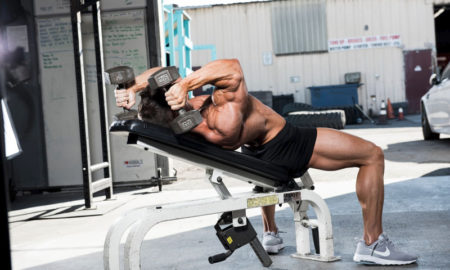







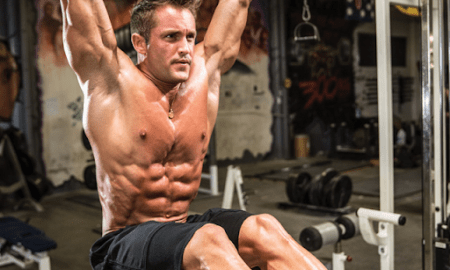




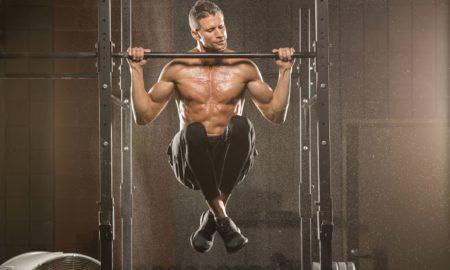

You must be logged in to post a comment Login